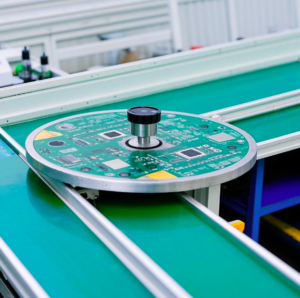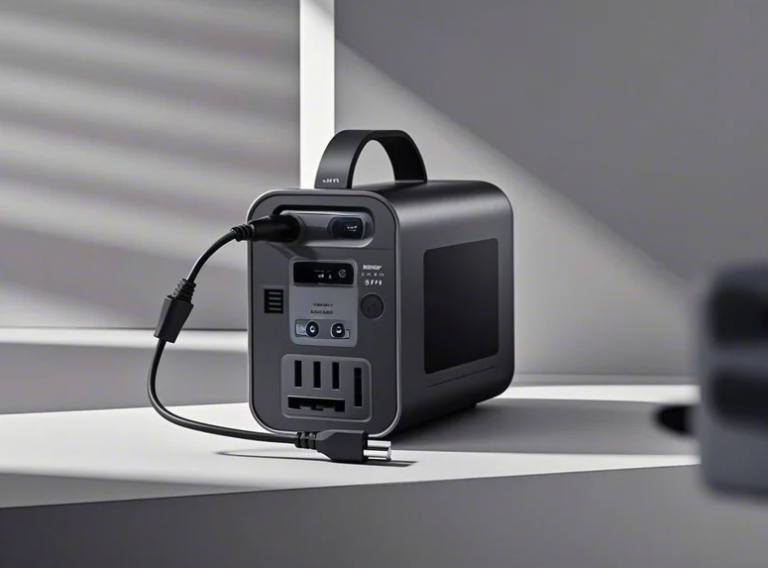Table of Contents
A conveyor turn table is a crucial piece of equipment in many industries that need to manage the direction of product flow efficiently. This automated device helps change the direction of goods on a conveyor system, reducing the need for manual labor and ensuring smooth, continuous movement in high-volume environments. In this article, we’ll explore what a conveyor turn table is, its advantages, how it operates, and where it can be applied.

What is a Conveyor Turn Table?
A conveyor turn table is an industrial device used to rotate or change the direction of items being transported on a conveyor system. It typically consists of a rotating platform that is integrated into a conveyor belt system, allowing products to move from one conveyor to another at different angles or orientations. This device is often used in sorting systems, packaging lines, and manufacturing processes to facilitate smoother transitions between various conveyor paths.
Advantages of Conveyor Turn Table
Space Efficiency: A conveyor turn table saves valuable floor space by minimizing the need for large, complex conveyor systems. It can reroute products efficiently, reducing the layout requirements for product flow.
Increased Productivity: By automating the redirection of items, a conveyor turn table reduces the need for manual intervention, increasing productivity and reducing the likelihood of errors or delays in production lines.
Reduced Labor Costs: Automation of the turntable process cuts down on the labor needed to physically move products, contributing to cost savings in the long run.
Enhanced Flexibility: A conveyor turn table allows businesses to easily adjust to different product sizes and types, ensuring versatility in handling various goods on the conveyor system.
How Does a Conveyor Turn Table Work?
The operation of a conveyor turn table is relatively straightforward. Products are carried by the main conveyor to the turntable, where they are automatically rotated in a different direction or onto another conveyor belt. This rotation is typically achieved by a motor that drives the turntable’s circular platform. Depending on the design, the turntable may rotate in increments or continuously, depending on the speed and application requirements.
Most conveyor turn tables feature adjustable speeds and customizable configurations to ensure seamless integration with other conveyor systems. The smooth transfer of products ensures there are no disruptions in the flow, maintaining an efficient production or sorting process.
Applications of Conveyor Turn Table
Conveyor turn tables are widely used across many industries, including:
Manufacturing: In factories where products need to be routed to different production lines or packaging stations, conveyor turn tables help streamline workflows.
Warehousing and Distribution: Turn tables play a crucial role in sorting and redirecting packages or materials in warehouses, helping to quickly shift goods from one conveyor system to another.
Food Processing: Conveyor turn tables are used in food packaging systems to ensure that items are efficiently routed to the correct packaging station or inspection area.
Automotive Industry: In automotive assembly lines, these turn tables help direct parts and components from one stage of assembly to another without unnecessary handling.
Conclusion
In conclusion, a conveyor turn table is a versatile and efficient tool that enhances the functionality of conveyor systems. It helps optimize workflow, save space, and reduce labor costs while increasing overall productivity. With its wide range of applications, from manufacturing to distribution and food processing, the conveyor turn table is a valuable addition to any industrial setting.
By understanding how a conveyor turn table works and its advantages, businesses can better integrate this technology into their production lines, leading to greater efficiency and cost-effectiveness in their operations.
0









